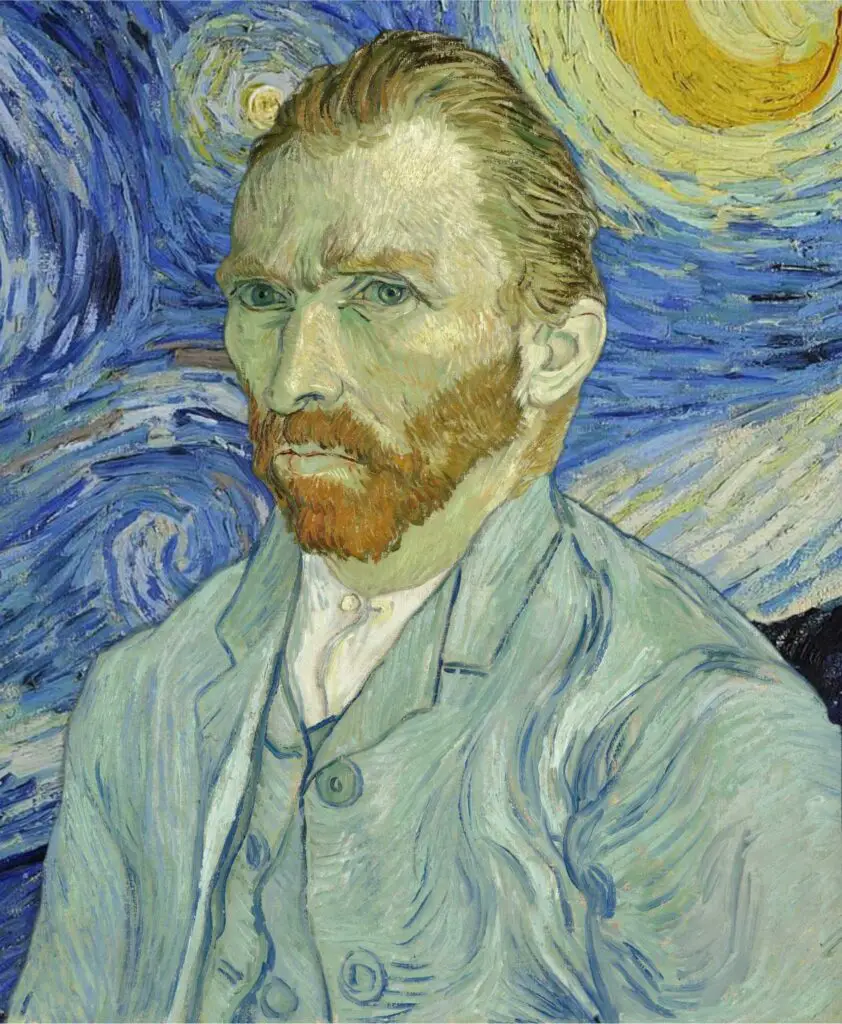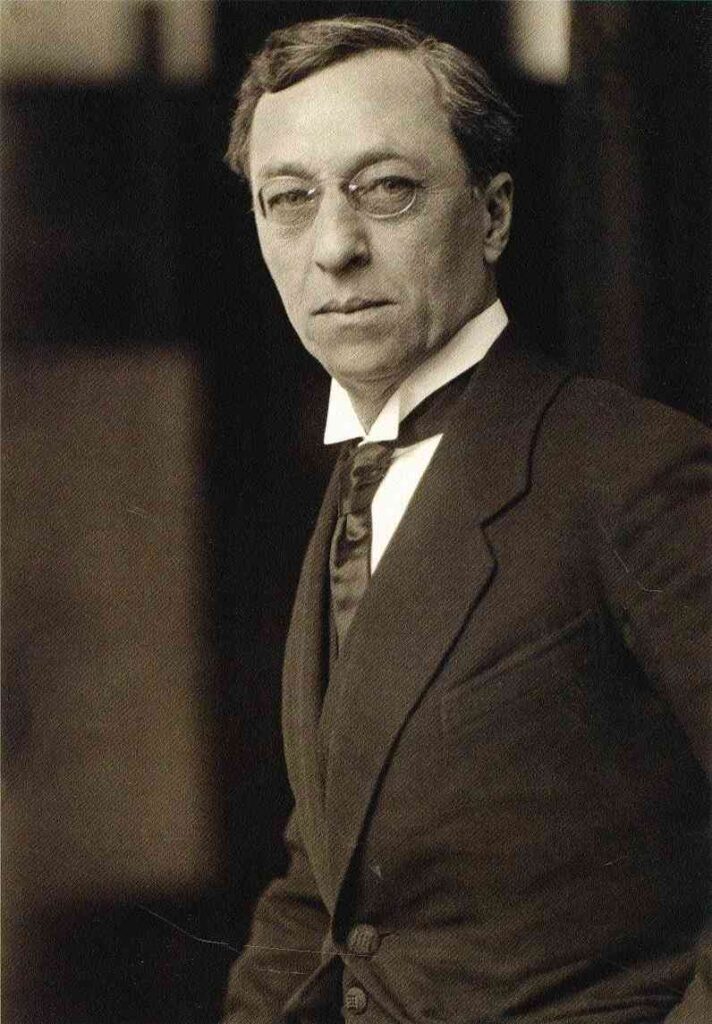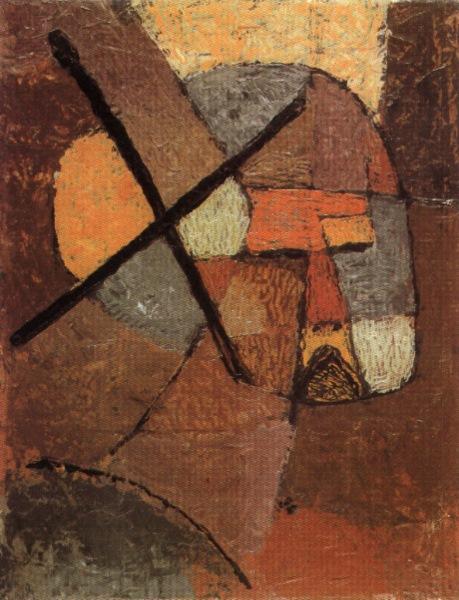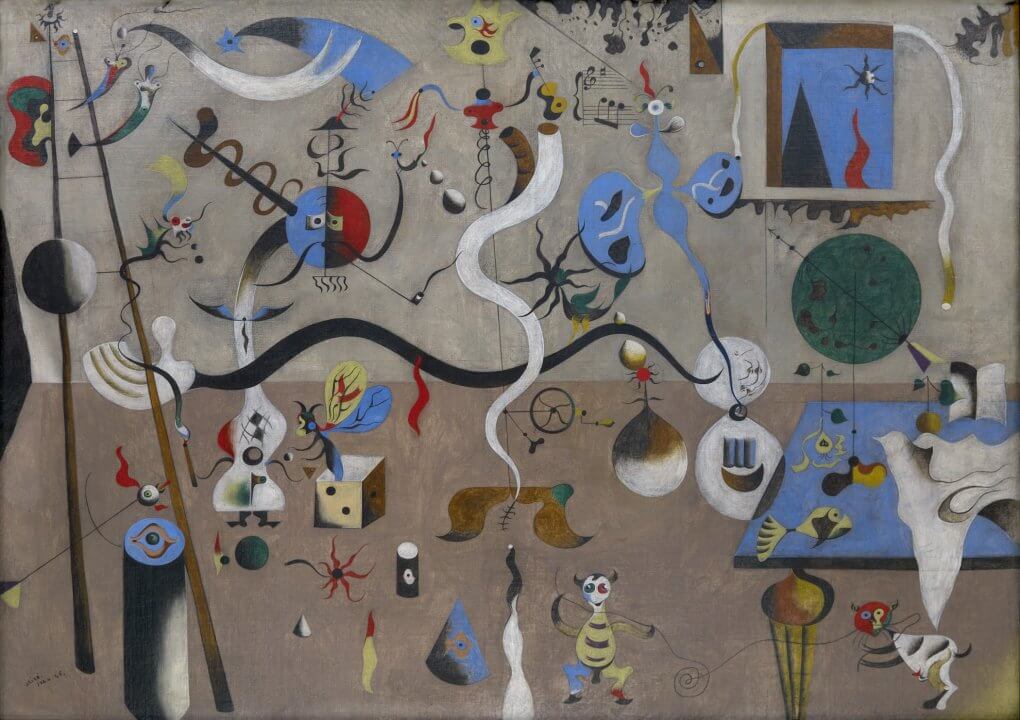The self-expressionism art movement is a powerful yet underappreciated form of artistic expression. It encourages artists to look inward and express their inner thoughts, feelings, and experiences – creating honest works that capture the soul and challenge viewers in meaningful ways.
Self Expressionism is an art movement that encourages artists to express their feelings, emotions, and inner thoughts through their art. The artists who use self-expression will usually use bright colors, creative brush strokes, and abstract shapes to convey their message of self-expression.
Table of Contents
What Is Self-Expressionism Art?
Self Expressionism is an artistic movement that encourages artists to express their feelings, emotions, and inner thoughts through art. Self-expressionism allows artists to externalize their emotions and better understand themselves and their place in the world.
Here are some characteristics of self-expressionism art:
- Self-expressionism encourages creative freedom, allowing artists to choose any form they wish to translate how they feel.
- Self-expressionism is an essential concept in art today because it allows artists to explore themselves and express their perspectives through creative works.
- Each artist is allowed to express themselves differently.
- Artworks of self-expressionism are usually highly emotional and focused on the artist’s feelings and experience.
- Self-expressionist pieces are usually quite tonal in nature, focusing on color and texture rather than form.
- Self-expressionism is unique from other forms of art in allowing artists to share their internal feelings and perspectives without inhibition.
- Many self-expressionist artists will use art to paint their self-portraits or how they see themselves.
Self Expressionism is an art movement that has been around for a while. Some major self-expressionist artists include Vincent van Gogh, Wassily Kandinsky, Paul Klee, and Joan Miro.
These artists are considered to have self-expressionist works in that these artists often feature highly emotional art, creative brushstrokes, vibrant colors, and abstract shapes to convey internal feelings.
Vincent Van Gogh And Self Expressionism Art

Besides being a post-impressionism artist, Vincent van Gogh was also known as a self-expression artist. This is because his paintings were highly emotional while at the same time having creative brushstrokes, favorite colors, and many abstract shapes that would be picked from his internal feelings.

An example of this is van Gogh’s painting, Starry Night. He shows us how he saw a Starry Night. Not exactly how the starry night looked. Van Gogh’s Starry Night painting is bursting with colors and emotion; the night sky is filled with swirls and circles.

Van Gogh also painted 36 self-portraits, many of which are highly explosive. An example of his highly emotional self-portraits is “Self-Portrait With Bandaged Ear,” in 1889, which he painted a week after having left the hospital when he cut off his ear.
Wassily Kandinsky And Self Expressionism Art

Wassily Kandinsky was also a highly expressive painter. The idea of music appears everywhere in his paintings.
He believed that shades resonated with each other to produce visual chords and influenced the soul. For him, painting was not just about painting but was a type of composition.

Kandinsky’s painting Composition 8 is an example of a self-expressionist piece featuring vibrant colors and abstract shapes to express internal feelings. Circles, triangles, and linear elements create a surface of interacting geometric forms in the composition.
Kandinsky himself considered Composition 8 to be one of his most important and expressive works of art.
Paul Klee And Self-Expressionism Art

Paul Klee was also considered a self-expressionist artist. His highly individualized style influenced art movements such as expressionism, cubism, and surrealism.
Paul Klee was a master in how he used color and shapes together. What makes him one of the critical self-expressionism artists is that his works would reflect not only his dry sense of humor but also his childlike perspective or his moods, beliefs, and even music.

One example of these paintings is Struck from the List (1933). In 1933, Klee’s home was searched by the Gestapo, and then he was fired from his job at the Düsseldorf Academy for being a Jew. Struck from the List is a self-portrait he painted during this time.
Joan Miro And Self-Expressionism Art

Another artist that is characterized as a Self Expressionism artist is Joan Miro. He also had a very highly individualized work that was sometimes called Surrealism, but he also could have elements of Fauvism and Expressionism.
Joan Miro was very interested in the subconscious and unconscious mind. He also disdained conventional painting methods and declared he would “assassinate” painting.

One of his most famous paintings is “The Harlequin Carnival” (1925). This painting is about human subconsciousness.
Self Expressionism is a powerful form of self-expression that encourages creativity, freedom, and authenticity. Self-expressionist artwork often features heavy lines, bright colors, and highly dynamic themes to convey inner feelings and perspectives.
Self-expressionist artworks are an excellent way for artists to explore and express themselves creatively, allowing them to better understand their place in the world and share their individual experiences with others. Self-expressionism is an essential concept in art today, as it allows artists to share their internal emotions and thoughts through creative works meaningfully.
Anita Louise Art is dedicated to art education, great artists, and inspiring others to find and create their art. We love art that uplifts and inspires. #ArtToMakeYouSmile! #ArtToMakeYouHappy!
If you are interested to see any of my art, you can find out more by clicking here. If you are interested in what inspires me and my paintings, you can discover more by clicking here.
We have a free newsletter and would love you to be part of our community; you can subscribe to the newsletter by clicking here. If you have any questions, I would be happy to talk to you. You can reach me, Anita, by clicking here.
Subscribe to our Anita Louise Art YouTube Channel filled with great videos and information by clicking here.
Join us for our podcast “5 Minutes With Art.” Spend just 5 minutes a week with us to discover and learn about great art and artists. You can find out more about our podcast by clicking here.
Frequently Asked Questions
What is Self-Expressionism in art?
Self-Expressionism is an art movement that encourages artists to convey their inner thoughts, feelings, and experiences through their artwork. It emphasizes personal expression and authenticity in artistic creation.
How does Self-Expressionism differ from other art movements?
Unlike some movements that focus on external subject matter or adhere to specific techniques, Self-Expressionism prioritizes the artist’s internal world. It often involves bold use of color, unconventional techniques, and abstract forms to communicate emotions.
What role does personal experience play in Self-Expressionist art?
Personal experience is central to Self-Expressionism. Artists draw inspiration from their own lives, exploring emotions, memories, and introspective reflections to create artworks that resonate with authenticity.
Can any art form be considered Self-Expressionist?
While many forms of art can embody self-expression, Self-Expressionism is often associated with visual arts like painting and sculpture. However, it can extend to various mediums, including literature, music, and performance art.
How does Self-Expressionism challenge viewers?
Self-Expressionist works often challenge viewers by confronting them with raw and unfiltered emotions. These artworks prompt introspection, encouraging individuals to connect with the artist’s experiences on a personal level.
Are there specific techniques associated with Self-Expressionist art?
Self-Expressionism is characterized by its freedom in artistic expression. Artists often use bold brushstrokes, vibrant colors, and unconventional forms. Techniques can vary widely, reflecting the unique style of each artist.
Is there a historical context to the Self-Expressionist movement?
The roots of Self-Expressionism can be traced to various art movements like Expressionism and Abstract Expressionism. It gained prominence in the 20th century as artists sought new ways to break from traditional artistic norms.
How does Self-Expressionism contribute to the artist’s mental well-being?
Creating art as a form of self-expression can be therapeutic for artists. It provides an outlet for emotional release, self-reflection, and a means of processing experiences, contributing positively to the artist’s mental well-being.
Can Self-Expressionist art be challenging to interpret?
Yes, Self-Expressionist art can be challenging to interpret as it often involves subjective and deeply personal themes. Viewers may need to engage emotionally and intellectually to fully appreciate the layers of meaning within the artwork.
How can individuals incorporate Self-Expressionism into their own artistic practice?
Artists interested in Self-Expressionism can start by exploring their own emotions, experiences, and perspectives. Experimenting with different techniques, styles, and mediums allows for the development of a personal and authentic artistic voice.
Related Questions
11 Interesting Facts About Traditional Hawaiian Art
Hawaiian art is divided into three main periods: pre-European art, Nonnative Hawaiian Art, and Hawaiian Art With Western Influences. After Captain Cook arrived in Hawaii in 1773, traditional Hawaiian art changed as Western culture influenced Hawaiian art. The Volcano School of Art was developed in Hawaii in the late 1800s when the artist’s work became impacted by the live volcanic eruptions in Hawaii.
By clicking here, you can learn more by reading 11 Interesting Facts About Traditional Hawaiian Art.
5 Ways Spending Time In Nature Helps Artistic Inspiration
Spending time in nature can help your artistic inspiration in 5 different ways 1) getting us out of the studio to see something new, 2) doing as the en Plein air painters and seeing art in a new light, 3) boosting our creativity, 4) helping us unblock an artistic block, and 5) clearing our minds so we can be more creative.
By clicking here, you can learn more by reading 5 Ways Spending Time In Nature Helps Artistic Inspiration.
Hawaiian Native Art – 8 Artists To Discover
Hawaiian native art is an art movement that reflects Hawaii’s culture, people, legends, and traditions. The Hawaiian native artists all captured the richness of the native Hawaiian life, landscape, culture, and traditions of the Hawaiian islands. Many of these important Hawaiian artists were not born in Hawaii. Still, they became so fascinated with Hawaii that they spent most of their artistic lives painting Hawaiian subject matter.
By clicking here, you can learn more by reading Hawaiian Native Art – 8 Artists To Discover.


